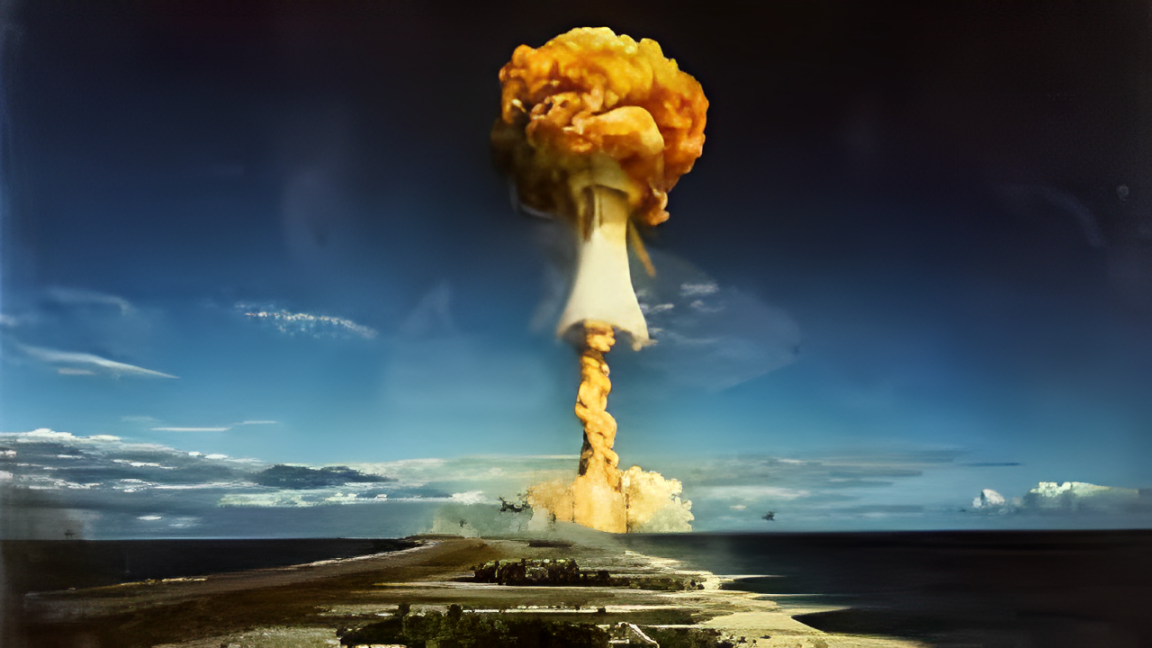The thought of a nuclear attack is frightening, and it’s not something anyone wants to imagine. However understanding which areas could be targeted can help with emergency planning and preparation.
What If North Carolina Faced a Nuclear Attack?
In the unlikely event of a nuclear attack, four cities in North Carolina are considered high-priority targets. These locations are vital due to their economic importance and infrastructure.
Possible Targets in North Carolina
While this scenario is extreme and shouldn’t cause daily stress, it’s good to know the facts for awareness and preparedness. Below are four key locations that could potentially be targeted:
1. McGuire Nuclear Station
- Location: Huntersville, NC (17 miles north of Charlotte, NC)
- Details: This facility generates 2,220 megawatts of electricity, making it the third-largest power plant in North Carolina. It’s owned by Duke Energy and is critical to the state’s power supply.
2. Harris Nuclear Station
- Location: New Hill, NC (20 miles southwest of Raleigh, NC)
- Details: Operated by Duke Energy, this plant produces 900 megawatts of power and is among the most efficient in the U.S.
3. Brunswick Nuclear Station
- Location: Southport, NC (30 miles south of Wilmington, NC)
- Details: This plant has two units that together generate over 1,800 megawatts of electricity. It plays a significant role in meeting the region’s power needs.
4. Catawba Nuclear Station
- Location: York, SC (18 miles south of Charlotte, NC)
- Details: Though technically in South Carolina, this plant is only 18 miles from Charlotte. Its two reactors generate 2,300 megawatts of power, enough for about 1.8 million homes.
What Happens If a Nuclear Power Plant Is Hit?
If a nuclear plant were directly hit by a nuclear weapon, the consequences would be catastrophic.
- The reactor core would likely melt down due to the intense heat, releasing a large amount of radioactive material.
- Immediate areas would face massive destruction and loss of life.
- Radiation could spread across hundreds or thousands of miles, depending on wind patterns.
- Long-term effects include environmental contamination, health problems, and loss of life over decades.
- Recovery might take centuries, and some areas may never fully recover.
A Reminder
This information is shared purely for awareness, not to create fear. It highlights the importance of preparedness and planning. North Carolina is home to important military, economic, and technological hubs, making some areas potential targets in extreme scenarios.
Government and emergency response teams need to focus on strategies to handle such situations and minimize risks for citizens.
Note- Every piece of content is rigorously reviewed by our team of experienced writers and editors to ensure its accuracy. Our writers use credible sources and adhere to strict fact-checking protocols to verify all claims and data before publication. If any error is identified we promptly correct it and strive for transparency in all updates.








